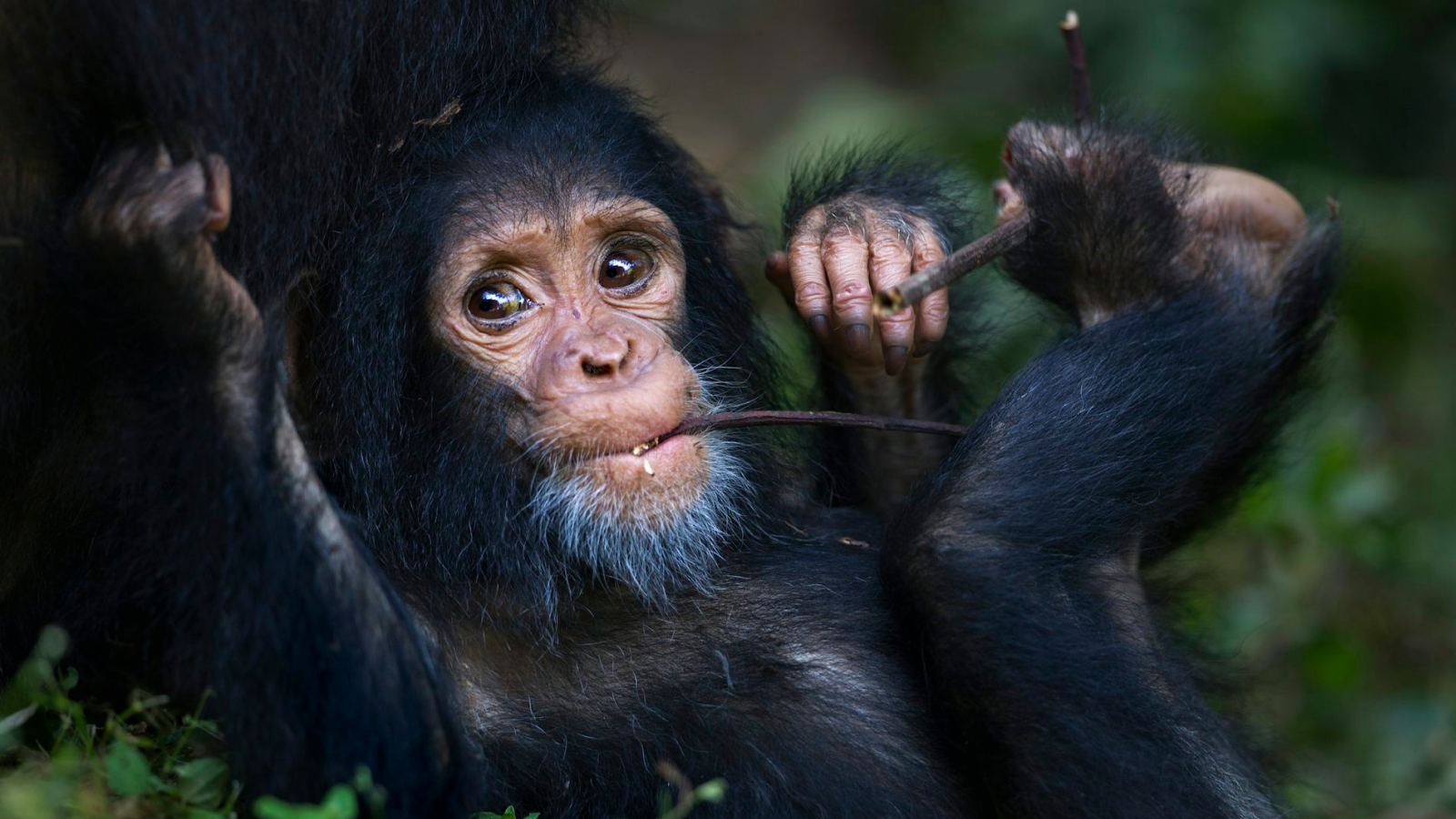How We Get Our Bearings
Research has suggested that animals and young children mainly rely on geometric cues (lengths, distances, angles) to help them get reoriented after a change of scene. Human adults, however, can also make use of feature cues (color, texture, landmarks) to get a sense of where they are.
But which method do we use more often?
Psychologists Kristin R. Ratliff from the University of Chicago and Nora S. Newcombe from Temple University conducted a set of experiments investigating if human adults have a preference.
The short answer: no.
The first experiment took place in either a large or small white, rectangular room with a landmark (a big piece of colorful fabric) hanging on one wall. The study volunteers saw the researcher place a set of keys in a box in one of the corners. The volunteers were blindfolded and spun around, to become disoriented. After removing the blindfold, they had to point to the corner where the keys were.
After a break, the volunteers were told the experiment would be repeated, although they wouldn't watch the researcher hide the keys. Unbeknownst to them, during the break the researchers moved the landmark to an adjacent wall—this change forced the volunteers to use either geometric cues or feature cues, but not both, to reorient themselves and locate the keys.
Volunteers reoriented themselves by using geometric cues in the smaller room but used feature cues in the larger room.
Get the world’s most fascinating discoveries delivered straight to your inbox.
For the second experiment, the researchers used a similar method, except they switched room sizes (the volunteers moved from a larger room to a smaller room and vice versa) during the break.
Volunteers who went from the larger room to the smaller room in the second experiment also relied on feature cues, searching for the landmark to become reoriented.
During the second experiment, the researchers surmise, the volunteers had a positive experience using feature cues in the large room, so they kept on relying on the landmark in the smaller room to become reoriented.
These findings indicate that the brain takes into account a number of factors, including the environment and our past experiences, while determining the best way to reorient us to our surroundings.
The finding, announced yesterday, is detailed in the journal Psychological Science.



